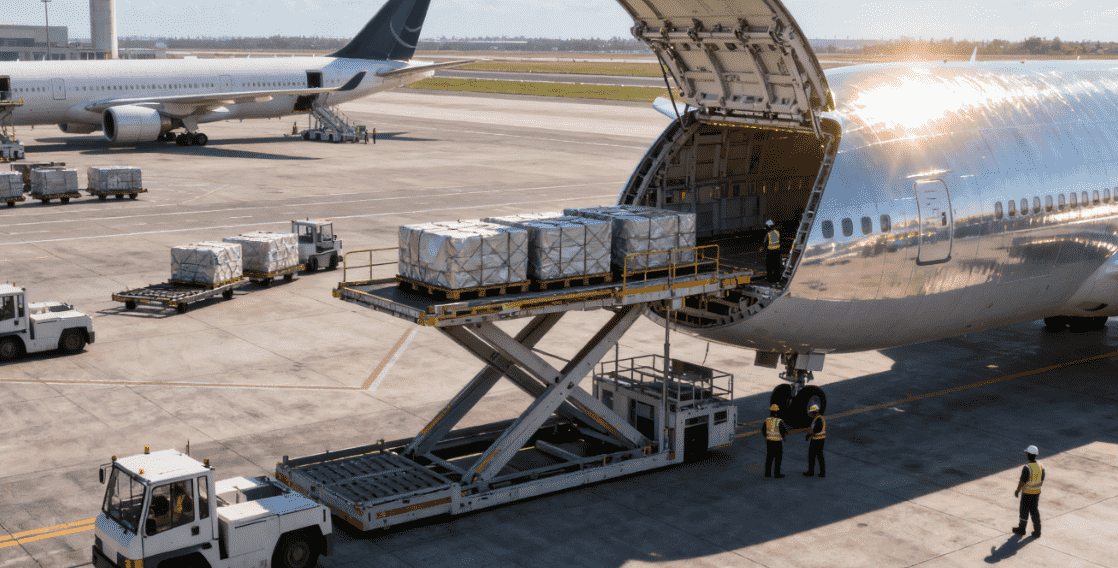
The global trade landscape between China and Brazil has expanded exponentially over the past decade, driven by robust demand for electronics, machinery, textiles, and consumer goods. For businesses navigating this cross-continental route, understanding the logistics solutions that bridge these two economic powerhouses is critical. One of the most pressing questions importers and exporters face is: How much does it cost to ship from China to Brazil?
This blog provides a detailed breakdown of shipping costs, factors influencing pricing, and how to optimize your freight service strategy. Whether you’re a small business owner or a large corporation, mastering these logistics dynamics ensures cost efficiency and operational reliability.
1. Overview of Shipping From China to Brazil
China and Brazil share a thriving trade relationship, with bilateral trade exceeding $170 billion in 2023. China exports manufactured goods, while Brazil supplies raw materials like soybeans, iron ore, and crude oil. For exporters, selecting the right cargo agent and logistics solutions is pivotal to managing costs and delivery timelines.
The primary shipping routes from China to Brazil involve major ports such as Shanghai, Shenzhen, and Ningbo (China) to Santos, Rio de Janeiro, and Salvador (Brazil). Shipping modes include air freight, sea freight (FCL/LCL), and multimodal solutions, each with distinct cost structures.
2. Key Factors Influencing Shipping Costs
Shipping costs from China to Brazil vary based on multiple variables. Understanding these factors helps businesses negotiate better rates and avoid unexpected expenses.
2.1 Mode of Transportation
- Air Freight: The fastest but most expensive option, air freight costs range from 5to12 per kilogram. Ideal for high-value, time-sensitive goods like electronics or pharmaceuticals.
- Sea Freight (FCL): Full Container Load (FCL) shipping costs depend on container size (20ft or 40ft) and port-to-port rates. On average, a 40ft container from China to Brazil costs 4,000–7,000.
- Sea Freight (LCL): Less than Container Load (LCL) is cost-effective for smaller shipments, priced at 100–300 per cubic meter (CBM). However, handling fees and longer transit times apply.
- Multimodal Solutions: Combining sea and road/rail transport reduces costs for inland destinations in Brazil.
2.2 Cargo Type and Weight
- Volume vs. Weight: Air freight charges by volumetric weight, while sea freight prioritizes physical space. Heavy machinery may cost less per unit via sea, whereas lightweight electronics could be cheaper by air.
- Special Cargo: Hazardous materials, oversized items, or refrigerated goods incur additional fees (e.g., 500–2,000 extra for temperature-controlled containers).
2.3 Distance and Port Fees
- Port Congestion: Delays at Brazilian ports like Santos can lead to demurrage charges (100–500 per day).
- Inland Transport: Trucking from coastal ports to São Paulo or Brasília adds 1,500–3,000 per container.
2.4 Seasonal Demand
Peak seasons (e.g., Christmas, Chinese New Year) drive up air freight rates by 20–50%. Conversely, low-demand periods may offer discounted sea freight rates.
2.5 Customs and Duties
Brazil imposes an average import tariff of 14% on Chinese goods, plus a 1% municipal tax. Additional costs include:
- Documentation Fees: 50–200 per shipment.
- Inspection Fees: Random customs checks may add 300–800.
3. Comparing Freight Service Options
Selecting the right freight service requires balancing speed, cost, and reliability. Below is a cost-benefit analysis of popular options:
| Mode | Cost Range | Transit Time | Best For |
|---|---|---|---|
| Air Freight | 5–12/kg | 3–7 days | Urgent, high-value shipments |
| FCL Sea Freight | 4,000–7,000/40ft | 30–45 days | Bulk shipments, non-perishables |
| LCL Sea Freight | 100–300/CBM | 35–50 days | Small shipments, sample orders |
| Multimodal | 3,500–6,500/40ft | 40–60 days | Inland destinations, cost savings |
4. Role of a Cargo Agent in Optimizing Costs
Partnering with a reputable cargo agent streamlines the shipping process and reduces hidden expenses. Here’s how agents add value:
4.1 Negotiating Rates
Experienced agents leverage volume discounts and carrier partnerships to secure competitive rates, especially for FCL shipments.
4.2 Customs Compliance
Agents handle documentation, tariff classification, and tax calculations, minimizing delays and penalties.
4.3 Risk Mitigation
Cargo insurance, liability coverage, and contingency planning protect shipments against theft, damage, or political disruptions.
4.4 End-to-End Visibility
Advanced tracking systems provide real-time updates on shipment status, enhancing supply chain transparency.
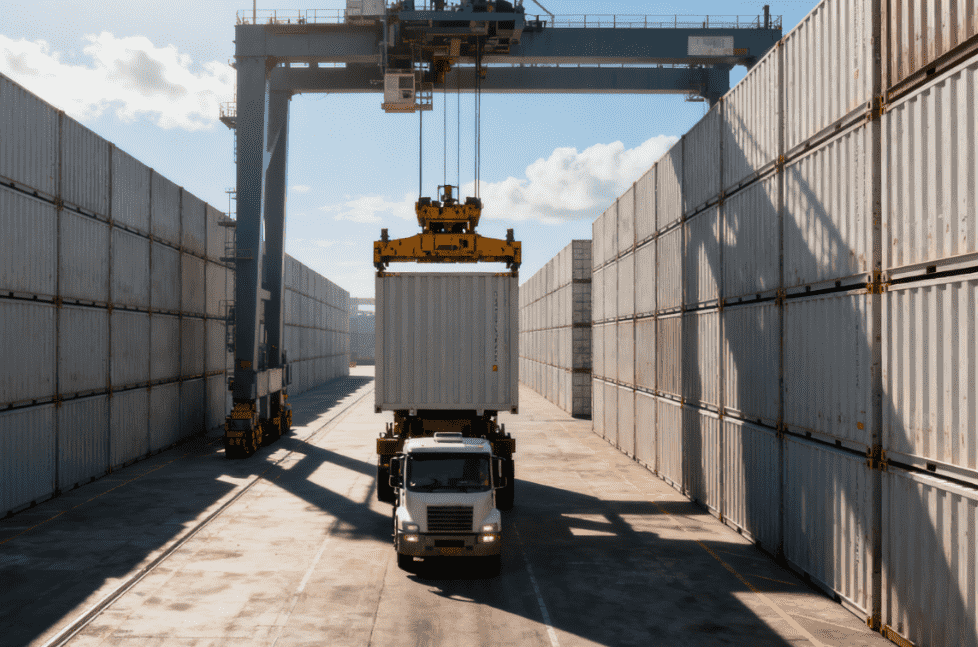
5. Hidden Costs to Watch Out For
Even with meticulous planning, unforeseen expenses can arise. Common pitfalls include:
- Storage Fees: 50–200 per day for unclaimed cargo at ports.
- Currency Fluctuations: Exchange rate volatility between BRL and CNY may impact final costs.
- Re-routing Charges: 500–1,500 for diverting shipments mid-transit.
6. Strategies to Reduce Shipping Expenses
Businesses can adopt these tactics to lower costs without compromising service quality:
6.1 Consolidate Shipments
LCL consolidation combines multiple small shipments into one container, reducing per-unit costs.
6.2 Optimize Packaging
Lightweight, space-efficient packaging minimizes volumetric weight charges for air freight.
6.3 Leverage Free Trade Agreements
China-Brazil trade agreements reduce tariffs on specific goods (e.g., automotive parts).
6.4 Plan Ahead
Avoiding peak seasons and booking early secures lower rates and ensures container availability.
7. Case Study: Cost Breakdown for a 40ft Container
Let’s analyze a typical shipment of textiles from Shanghai to Santos:
- Base Sea Freight: $5,200
- Port Fees (China): $300
- Port Fees (Brazil): $450
- Inland Trucking (Santos to São Paulo): $2,200
- Customs Duties (14%): $1,800
- Total Cost: ~$10,000
Note: Using a cargo agent could reduce this by 10–15% through negotiated rates and error-free documentation.
8. Future Trends in China-Brazil Logistics
The logistics sector is evolving with technological advancements and geopolitical shifts:
- Digital Freight Platforms: AI-driven tools optimize route planning and cost estimation.
- Sustainability Initiatives: Carbon-neutral shipping options are gaining traction.
- Infrastructure Investments: Brazil’s port modernization projects aim to reduce congestion.
Conclusion: Choosing the Right Logistics Partner
Shipping from China to Brazil demands a strategic approach to balance cost, speed, and reliability. By understanding the factors influencing freight rates and partnering with a trusted cargo agent, businesses can navigate this complex route efficiently.
For tailored logistics solutions that align with your budget and timeline, explore options like Winsail Logistics (visit https://www.winsaillogistics.com for details). With expertise in freight service optimization and end-to-end support, your China-Brazil shipments will stay competitive in today’s dynamic market.
-
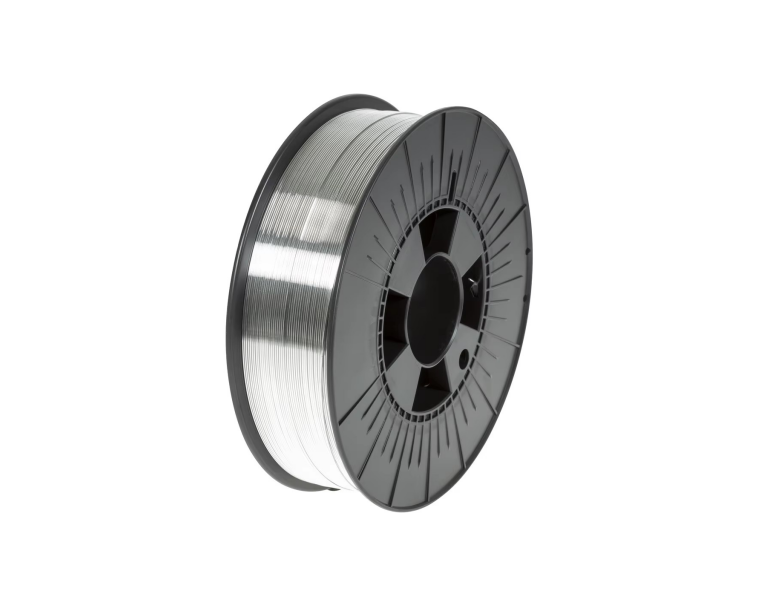 Ocean Lcl Freight Service Inconel 625 Wire from China to Chennai2025-09-30
Ocean Lcl Freight Service Inconel 625 Wire from China to Chennai2025-09-30 -
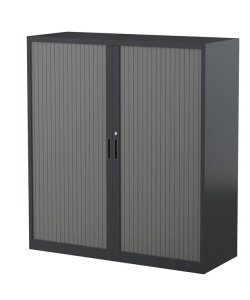 Ocean Freight Service Cabinet Door from China to Dar Es Salaam2025-09-29
Ocean Freight Service Cabinet Door from China to Dar Es Salaam2025-09-29 -
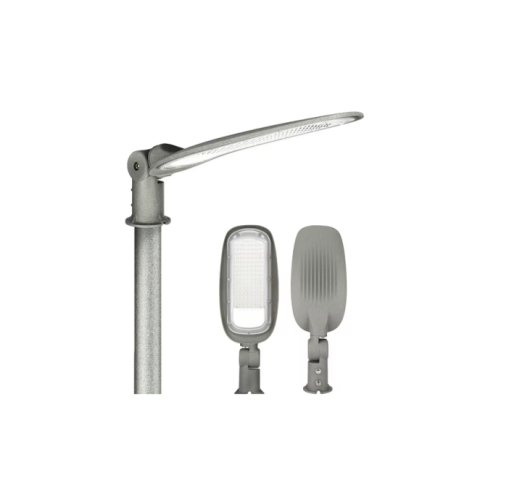 Door to Door by Ocean Freight Fixture Luminaries from China to Jeddah2025-09-28
Door to Door by Ocean Freight Fixture Luminaries from China to Jeddah2025-09-28 -
 Ocean Freight Service Sofa From China To Jebel Ali2025-09-26
Ocean Freight Service Sofa From China To Jebel Ali2025-09-26 -
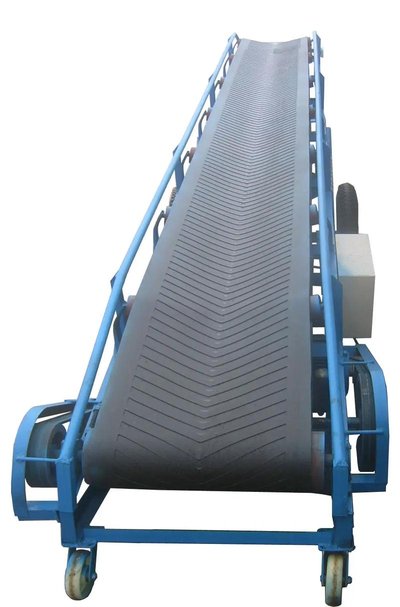 International Express Conveyor Belt From China To India2025-09-25
International Express Conveyor Belt From China To India2025-09-25 -
 Ocean Lcl Freight Service Medical Device From Shanghai to Jebel ali2025-09-25
Ocean Lcl Freight Service Medical Device From Shanghai to Jebel ali2025-09-25

